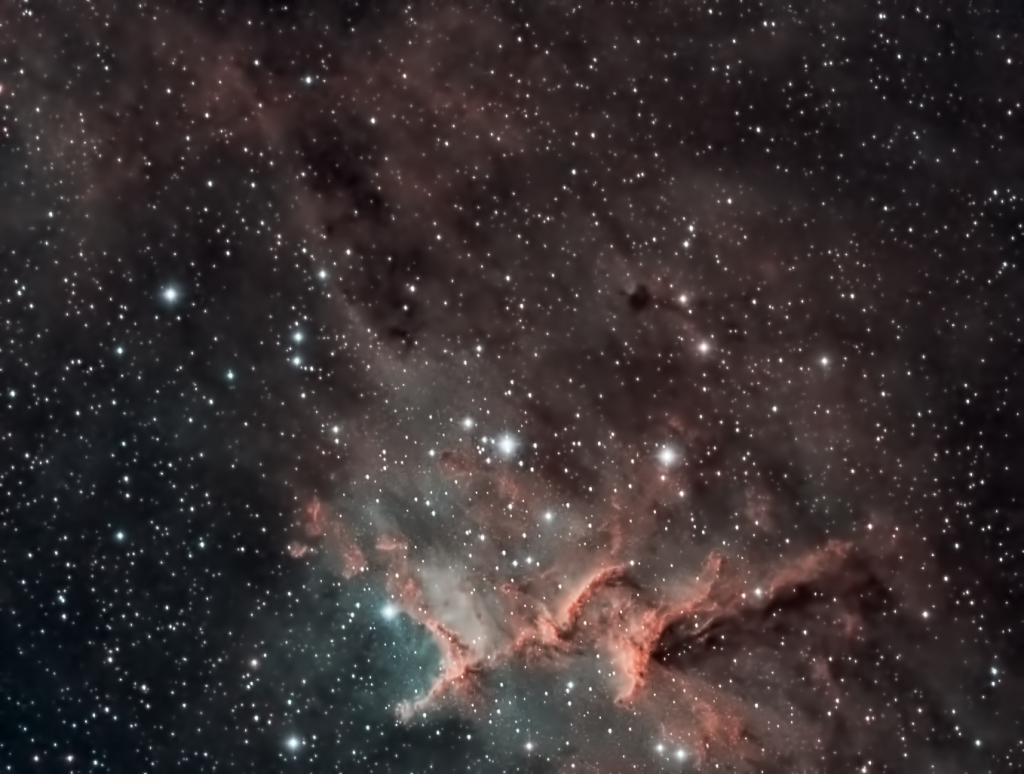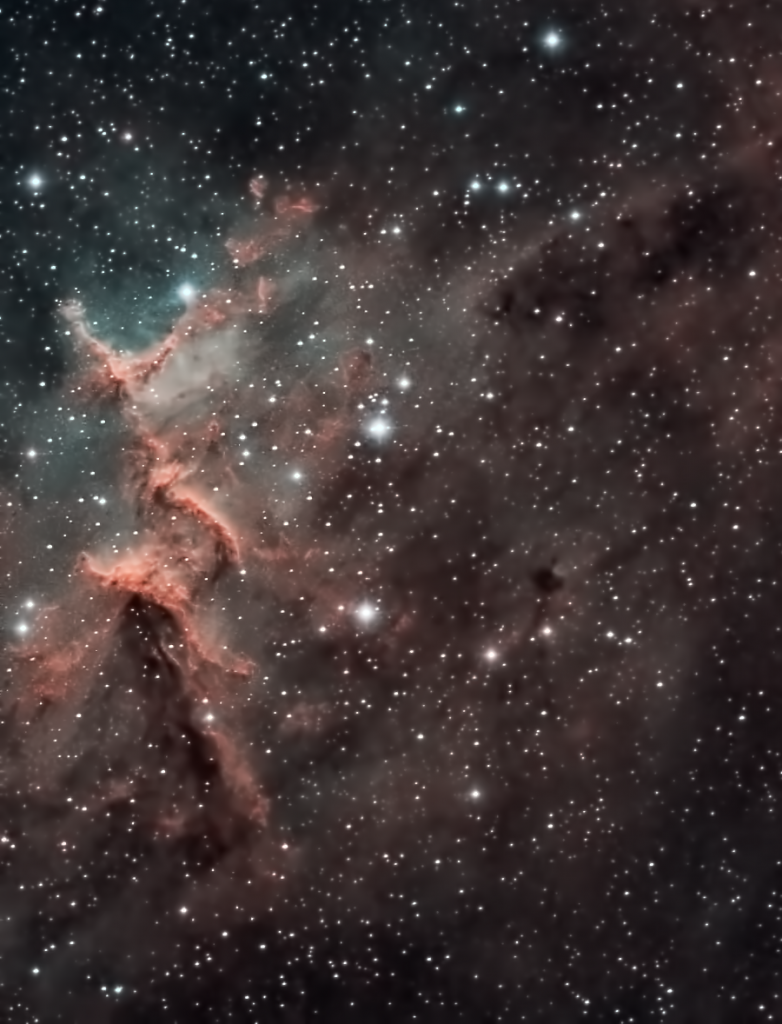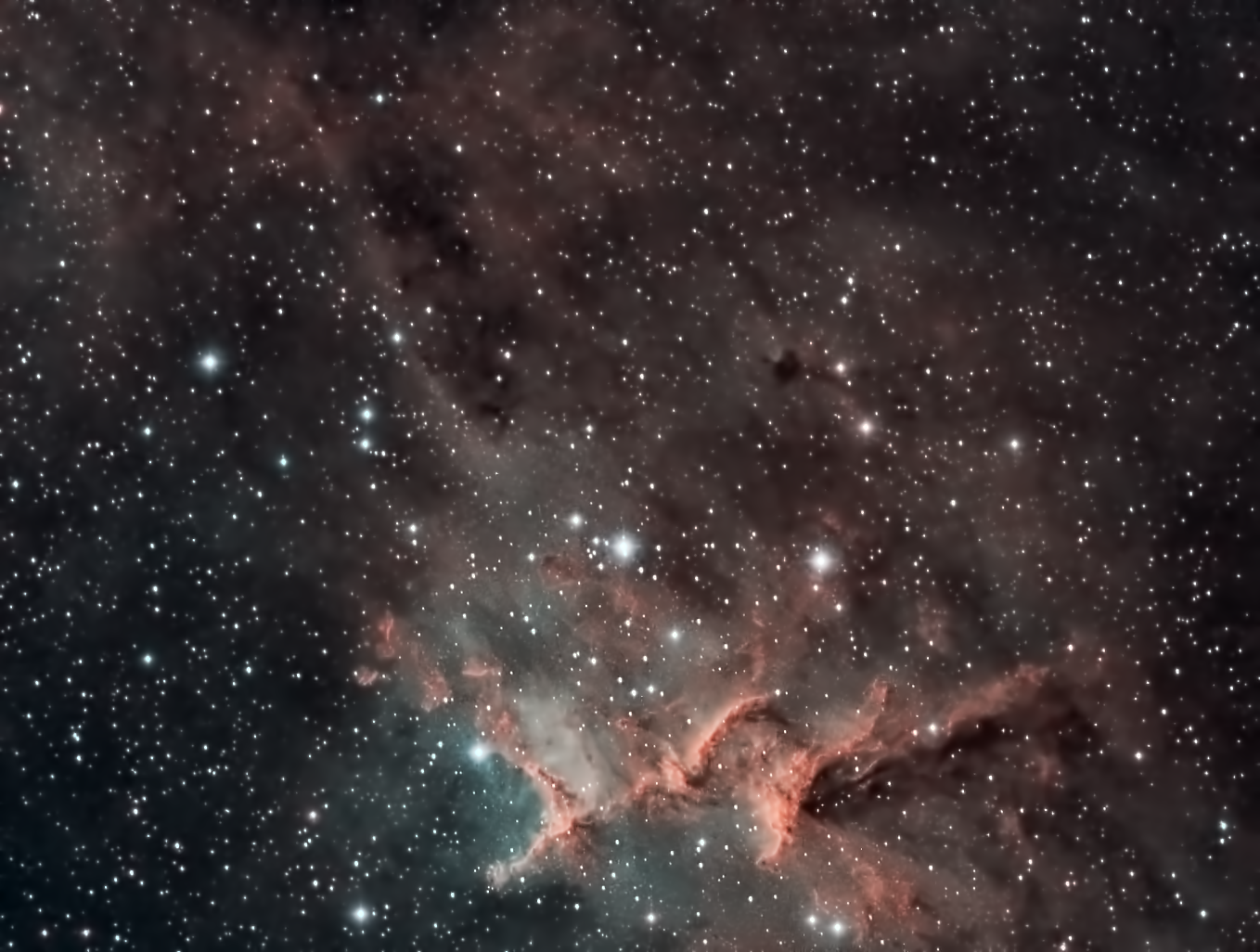
Similar Posts

Bode’s Galaxies (Again)
Seems I revisit this pair of galaxies, 12 million light-years distant, every year. Although they are close and bright as galaxies go, they are challenging targets for imaging – especially if you are trying to pull out the faint jets spewing out of the Cigar Galaxy on the right. This image represents over 25 hours…
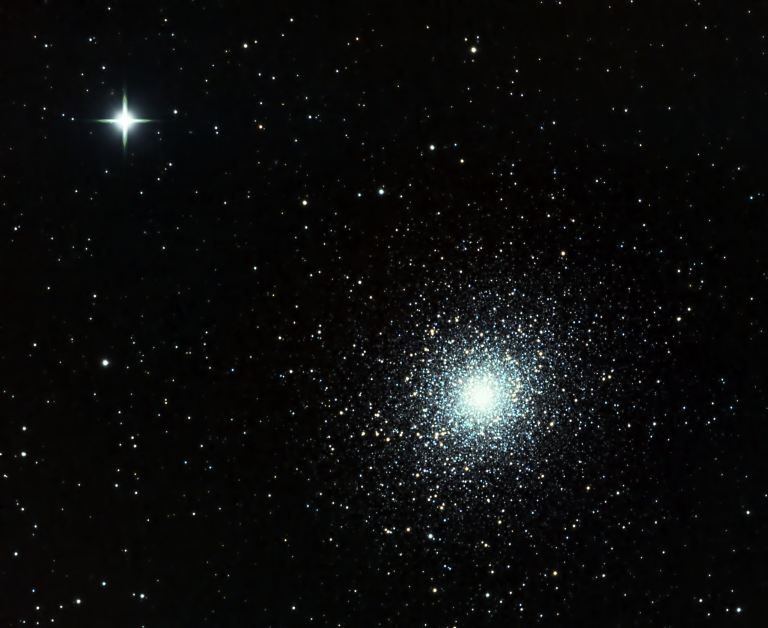
Globular Cluster M5
One of the largest and oldest (13 billion years) globular cluster of stars near our galaxy – there are hundreds of thousands of stars in there. There are some interesting theories that globular clusters such as this are what remains of smaller galaxies that our Milky Way has consumed – this is just what’s left…
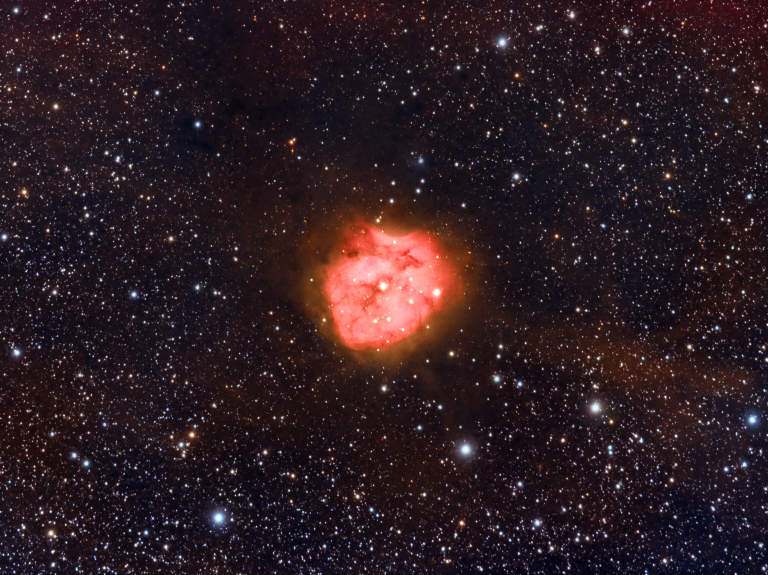
The Cocoon Nebula
The Cocoon Nebula in Cygnus is a compact cloud of Hydrogen, lit up by the bright star in its center. Dust lanes can also be seen across it, obscuring the ionized Hydrogen gas behind them. This object is best imaged during the heart of Summer, which means really challenging conditions here in Florida. High humidity,…
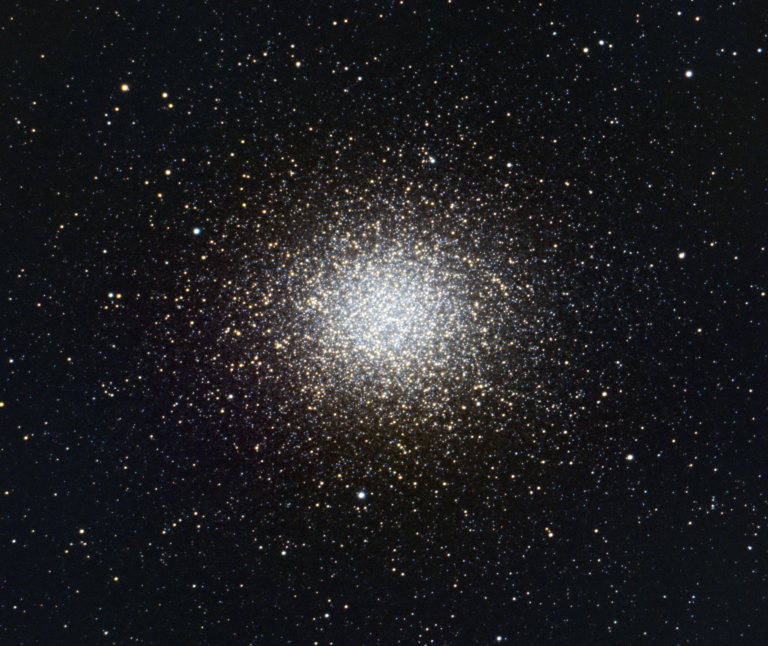
Omega Centauri – the biggest globular cluster, or is it something else?
This object was a real challenge to image. From central Florida, it only rises 13 degrees above the horizon, deep within the light-polluted murk of my Southern sky. Omega Centauri is a Southern hemisphere object, so capturing it from the Northern hemisphere requires effort. It’s worth it though – this is one of the most…

M64, The “Black Eye Galaxy”
Combining 25 hours of data shot over two years, here’s M64. It’s an odd one, with counter-rotating disks that seem to have funneled all that dust in the center there. They think it’s the result of a merger of two galaxies that were spinning in opposite directions. Located about 17 million light-years away, in the…
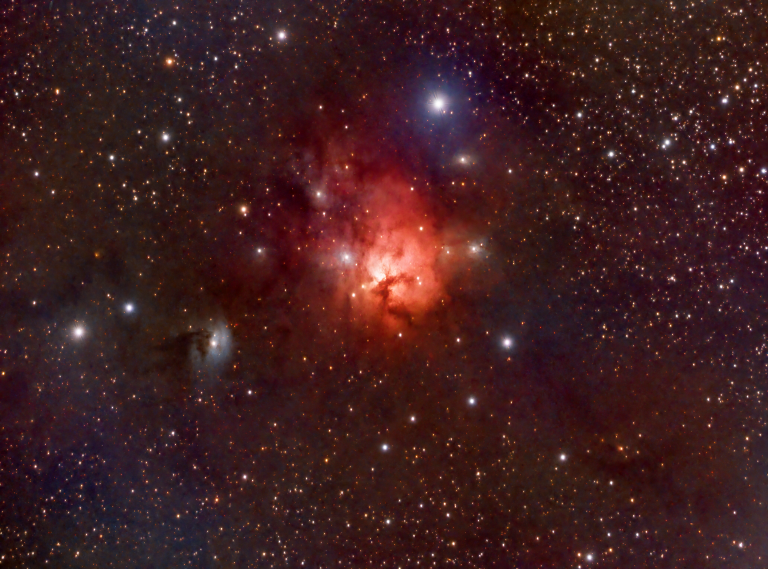
The Northern Trifid Nebula
Formally NGC1570, the “Northern Trifid” is a combination of an emission nebula (the red parts, which is ionized Hydrogen emitting its own light) and a reflection nebula (the blue parts, which is starlight reflecting off dust.) You can also see hints of the dust surrounding this area, which is difficult to capture under the light-polluted…

